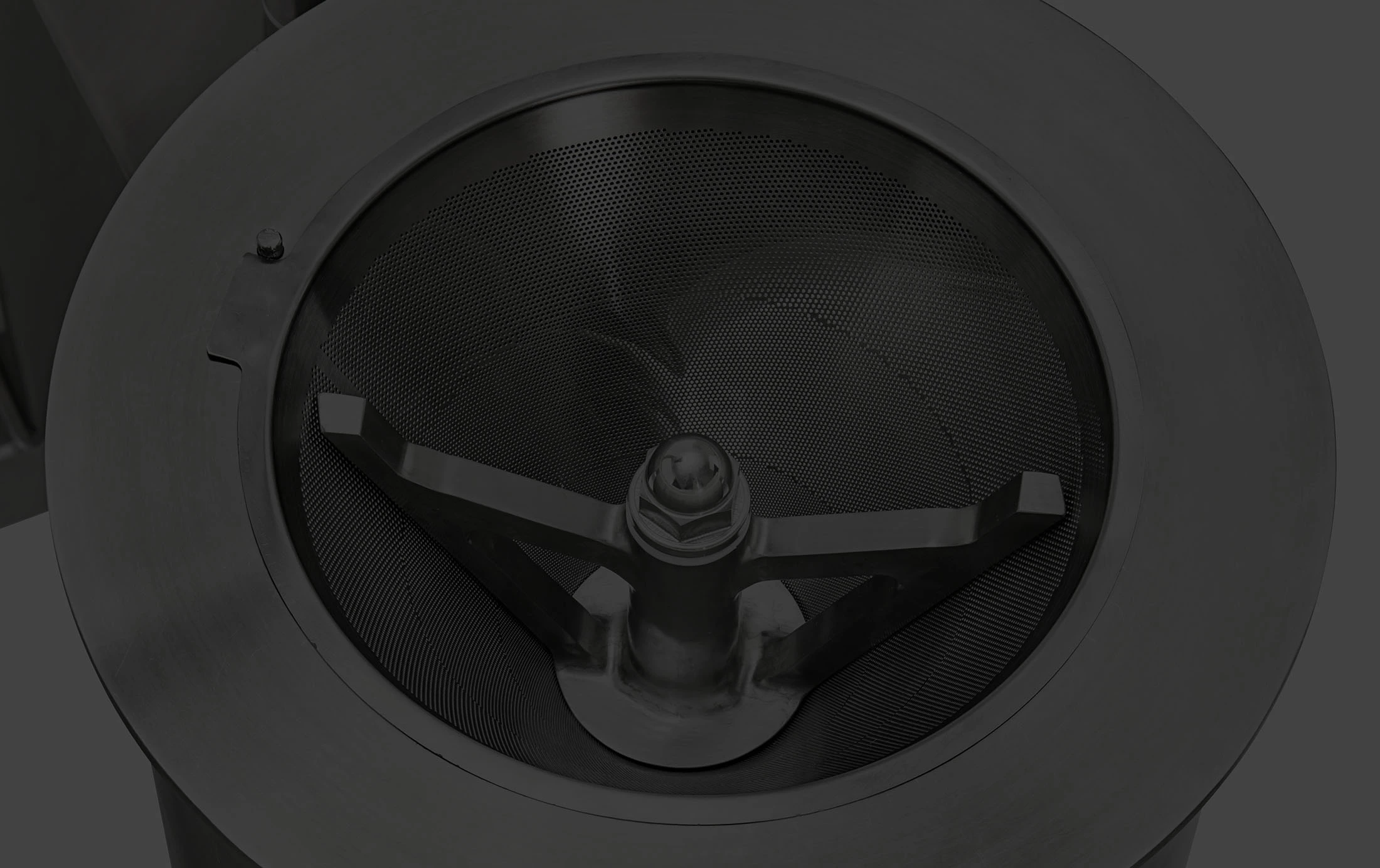Wet granulation is an essential process in pharmaceutical oral solid dosage manufacturing. Learn more about when to choose wet granulation for your process and its role in achieving optimal particle size for tablet manufacturing.
What Is Wet Granulation?
The wet granulation process is the most widely used OSD method and involves multiple steps that transform a range of powders and ingredients into granules, which in turn are made into tablets.
This method combines dry powders with a liquid binder, such as water or a solvent, to form a cohesive mass.
This wet mass is de-lumped (commonly called “wet milled”), dried, and milled once more to prepare the granules for tablet compression.
What Are Alternatives to Wet Granulation?
Wet granulation is typically used for powders that don't have either favorable flow or compressibility characteristics. In cases where the powders do flow and/or compress well, other methods may be used.
Dry granulation involves compacting powders into ribbons or flakes, which are milled into granules. This makes them suitable for formulations that naturally possess good compressibility.
Direct compression, on the other hand, bypasses the granulation step entirely, directly compressing the powder into tablets. This is mainly suited to formulations consisting of large amounts of APIs that compress well.
While these alternative methods can be more cost-effective due to a reduced number of processing steps and lower energy consumption, they are not universally applicable. Many powders in the pharma OSD manufacturing process don't meet the stringent requirements for dry granulation or direct compression, thus limiting their use.
Powders that are not correctly prepared for tableting will result in weak tablets that are prone to breaking and may contain an undesirable variation in the API dosage. Consequently, wet granulation offers a solution for powders that ensures consistent quality and efficacy in the final pharmaceutical product.
Common Particle Size Targets for Wet Granulation
Particle size plays a crucial role in the quality of tablets. The wet granulation process aims to produce granules within a specific size range, typically between 75 - 850 microns (20 - 200 mesh). This range ensures the granules can fill tablet cavities efficiently and form robust tablets.
Achieving this particle size involves several process steps where the wet mass is conditioned before drying, allowing for uniform aeration and milling to the target size. The wet milling step aims to achieve a consistent granule size so that the granules dry evenly in the Fluid Bed Dryer. If these sizes are not consistent, smaller clumps can harden too much if extra time is used to dry the larger clumps, which will produce more fines during the dry milling process, resulting in larger amounts of product wastage. If large lumps are allowed to pass into the drying process, then case hardening will occur, whereby the outside dries, but the center remains moist, this presents problems downstream in subsequent milling steps.
Summary: Wet Granulation vs Dry Granulation or Direct Compression
Whilst wet granulation requires additional steps in comparison to alternative methods, it affords a versatile solution for preparing powders with less favorable qualities. The wet granulation process ensures a homogeneous distribution of APIs, which is important in the pharmaceutical industry for dosage consistency and drug efficacy, especially for drugs with narrow therapeutic windows.
By selecting the appropriate granulation method and optimizing the process parameters, manufacturers can produce robust tablets that meet stringent regulatory standards.
In addition to improved product quality, the consistent particle size achieved via wet granulation improves efficiency and reduces the generation of dust & fines. This accumulated time saving translates into huge energy reduction when the process is repeated batch after batch, resulting in a better return on investment.

